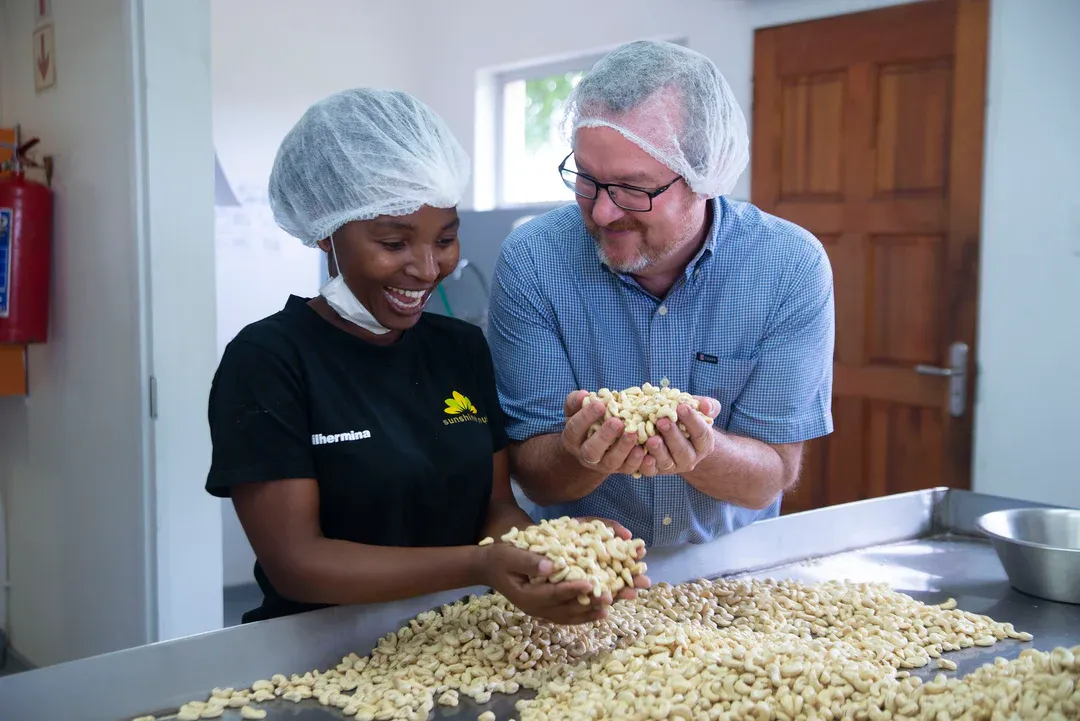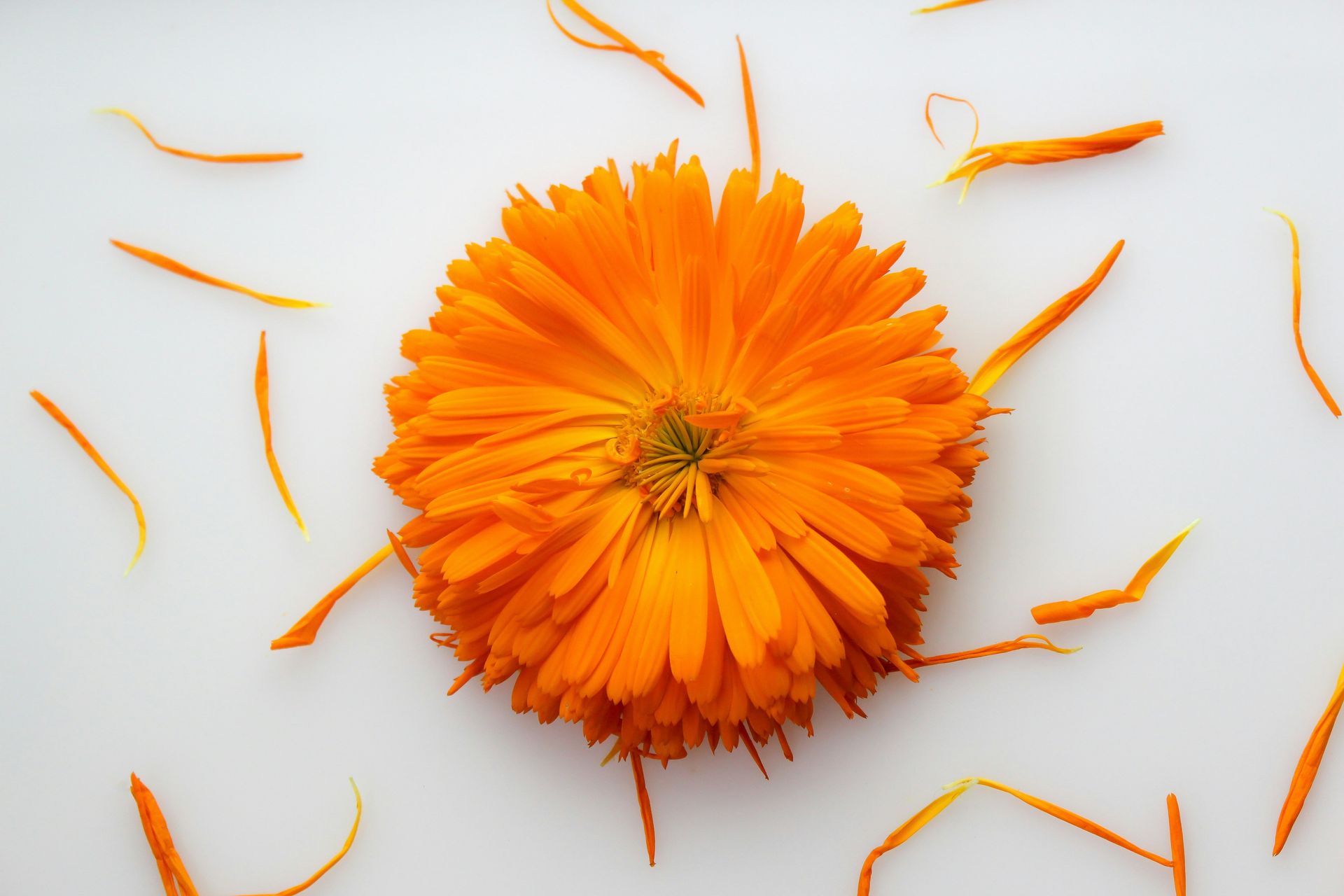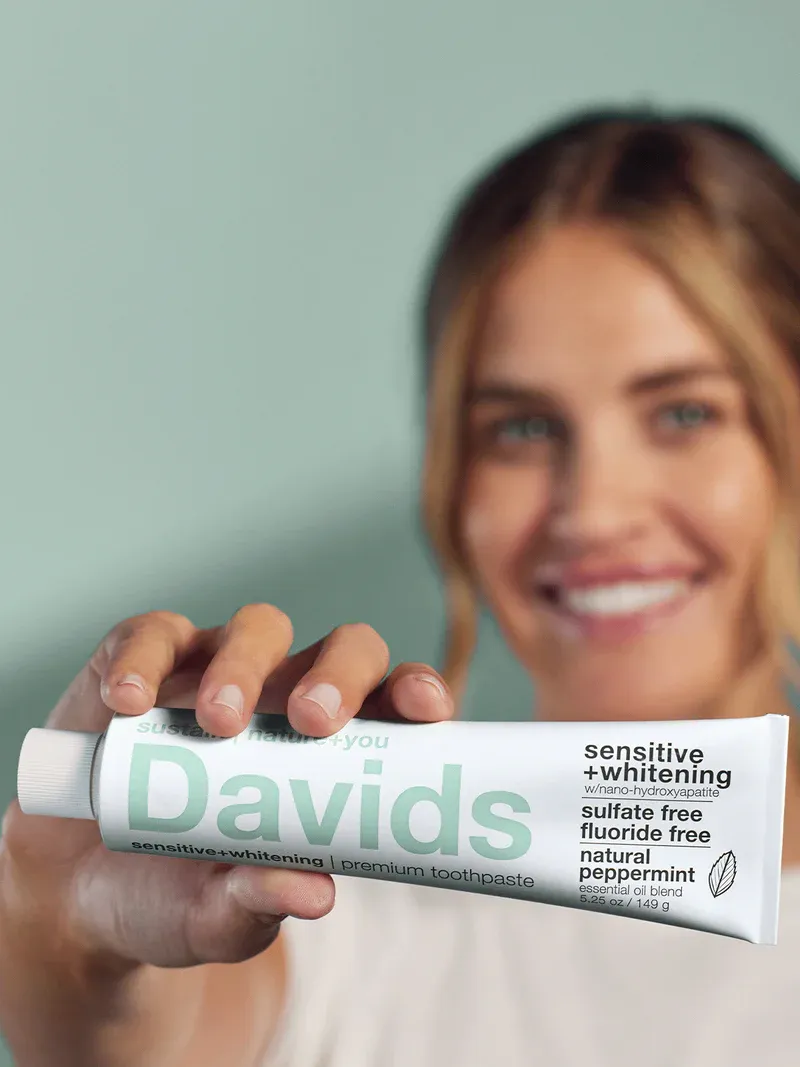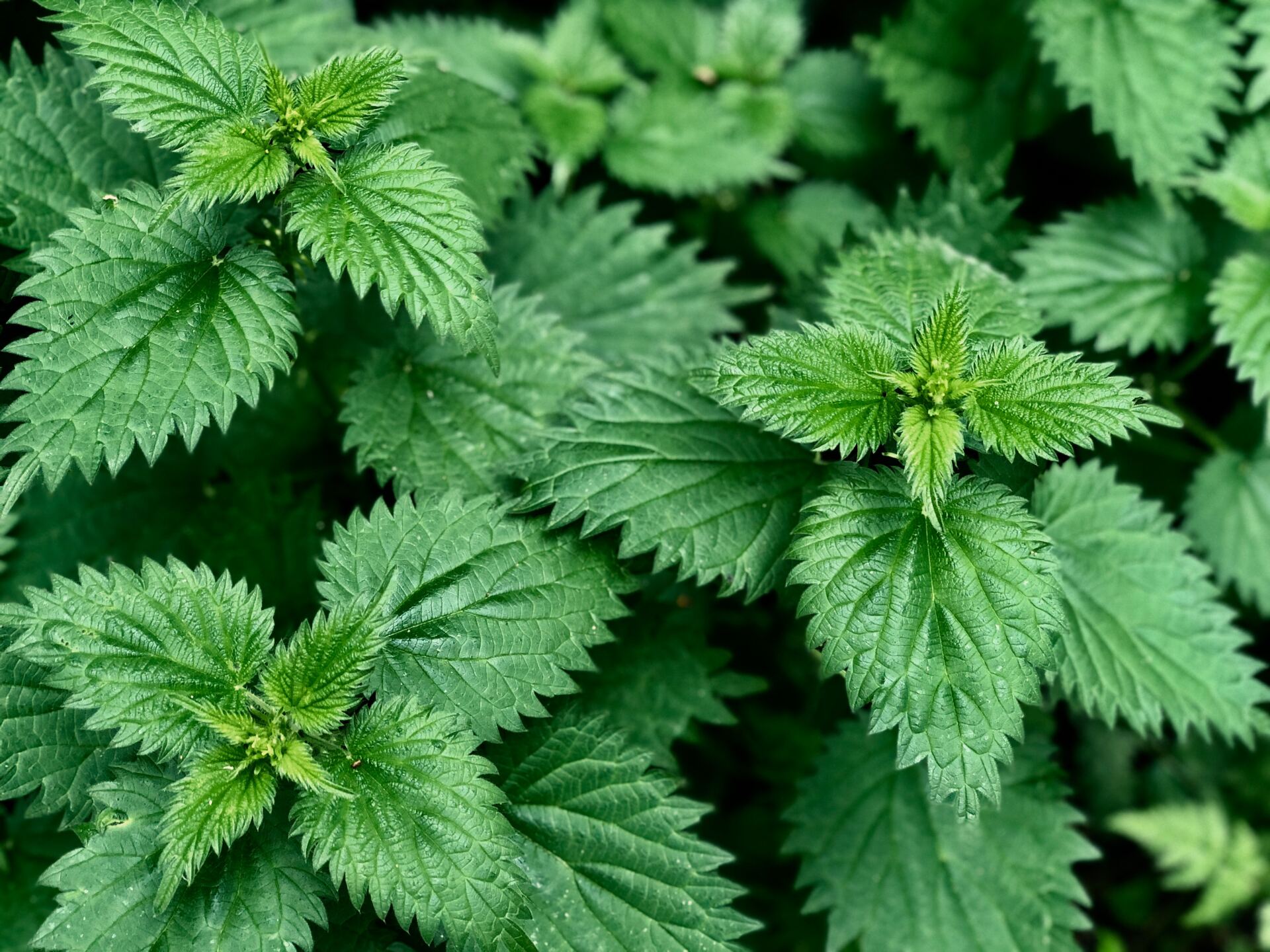









Do you want to ensure that your kids develop healthy eating habits and a love for physical activity? If so, you're not alone! As childhood obesity rates continue to rise, many parents and caregivers are looking for ways to promote a healthy lifestyle for their sedentary kids.
The number of overweight children in the United States has increased dramatically in recent years. Approximately 10 percent of 4- and 5-yearold children are overweight, double that of 20 years ago.
Obesity increases even more as children get older. For ages 6 to 11, at least one child in five is overweight. Over the last two decades, this number has increased by more than 50 percent and the number of obese children has nearly doubled.
For most children, being overweight is the result of too many calories and too little physical activity. Since unhealthy eating patterns are established in early childhood, efforts to establish healthy habits should ideally begin early.
There is good news: it's never too early to start! By providing healthy meals and snacks, encouraging physical activity, and teaching good nutrition habits, you can help counter and prevent obesity and ensure your child has the tools to grow up healthy, active, and happy.

Healthy meals and snacks don't just provide nutrition for growing bodies; they also model healthy eating behavior and attitudes. By planning sensible portions and establishing regular meal and snack times, you can help your child develop an awareness of good nutrition and healthy eating habits for a lifetime.
It's also important to involve your child in planning, shopping, and preparing meals. Use these activities as opportunities to teach your child about nutrition and encourage them to try a wide variety of foods. And if you need some inspiration or guidance, why not check out Marlene's for some great ideas and tips?
Make the most of snacks! Continuous snacking may lead to overeating, so plan for healthy and satisfying snacks being available at specific times. Include two food groups, for example, apple wedges and whole grain crackers. Set your sights on maximizing nutrition - fruits, vegetables, grains, low-sugar cereals, high-protein dairy products, lean meats and meat alternatives are the food groups to focus on. While you determine what foods are offered and when, it’s important to give your child the freedom to decide whether to eat and how much to eat.
Try to eat together as frequently as possible, making meals and snacks a positive, social time.

In addition to healthy eating habits, physical activity is also key to preventing obesity and promoting good health. Encourage your child to get outside and play in a safe, accessible place. Participate in family physical activity time on a regular basis, such as walks, bike rides, hikes, and active games. Support your child's organized physical activities, too!
Finally, remember that reducing sedentary activities, such as watching television or playing video games, can also help promote a healthy lifestyle. Aim to limit your child's screen time to 1-2 hours per day, and offer physical activities in their place.
By focusing on good health and positive attitudes toward food and physical activity, and by involving the whole family in the process, you can help your child develop healthy habits that will last a lifetime. Your child and your whole family will benefit!









Please give us a call for today’s deli hours as they can vary due to staffing.
Grab and go options are always available until close.
FEDERAL WAY
Monday-Saturday: 8 am - 8 pm
Sunday: 9 am - 7 pm
Please call for current deli counter service hours. Grab and go options available until closing.
2565 S. Gateway Center Place
Federal Way, WA 98003
TACOMA
Monday-Saturday: 8 am - 8 pm
Sunday: 9 am - 7 pm
Please call for current deli counter service hours. Grab and go options available until closing.
2951 S. 38th Street
Tacoma, WA 98409